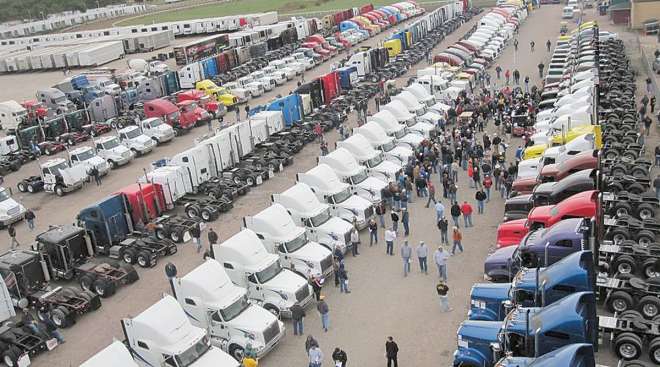
Focus on the Things You Can Control
Both independent trucking operators and fleet owners have faced numerous financial challenges over the past two years — each one being the difference between profit or loss, and combined a threat to business viability.
The list is long. New trucks are in short supply and more costly. Used truck values have soared. There are numerous logistic and supply chain issues. A serious shortage of qualified drivers has resulted in higher wages. Vehicle maintenance is more costly and repairs and replacement parts are difficult to locate and more expensive. Of course, diesel fuel has reached a record high with the U.S. average now over $5.70 a gallon. Predictions indicate fuel prices may continue to rise. As of June 15, the Federal Reserve increased its benchmark interest rate by 75 basis points, making the cost of capital more expensive.
Understood that we’re preaching to the choir here, but anyone who has been successful in any business has learned — pay attention to everything, but focus on the things you can control.
Over the past 15 years or so trucking industry professionals could count on moderate increases in original equipment costs that would usually come in at about 1-2 percent annually. Fleet owners would replace vehicles coming off warranty with new equipment and their costs increases would be “controlled” and estimated closely.
Those days are gone. According to a recent article in FleetOwner, OEMs are going to produce about 270,000 units this year, while the unit demand is closer to 300,000. That shortfall puts pressure on everyone throughout the marketplace — manufacturers, new truck dealers, used truck dealers, auctions.
As a result, fleet owners are keeping their vehicles longer out of necessity, going beyond manufacturer warranty. Vehicles that do return to market have more miles, and to be operated efficiently often require more-involved repairs.
Getting a handle on inflation is difficult. Even with rate hikes by the Fed, prices of commodities, durable equipment, food, and fuel continue to climb, though they may subside if the economy moves to recession. Other challenges like the Russian invasion of the Ukraine will continue to put pressure on the cost of fertilizer, food, and fuel.
Experts say fleet and executives and truck owners should break down their expense control into four major buckets: fuel, repairs, labor, and equipment. While fuel, labor, and equipment costs are, at best, be difficult to avoid, repair costs can be mitigated by purchasing a used truck with an aftermarket warranty or extended service contract.
Fleet companies and independent owners have thrived because they have been able to have their costs predictable as possible. In any business, fixed costs are preferable to variable costs.
Operating trucks with a new or near-new OEM warranty is the method used by most large fleet companies to avoid expensive repairs, but as we’ve noted that option has become difficult. Fleet companies who haven’t experienced a need for an aftermarket warranties, are now turning to companies like Truck Master Warranty for their units coming out of OEM coverage.
This plugs one of those holes in the expense bucket so executives have a fixed, predictable budget for repairs, so they can be proactive rather than reactive. So much of what the U.S. economy is experiencing is beyond the control of most business operators, but focusing on what you can control, like repairs, can make the difference between profit and loss.
